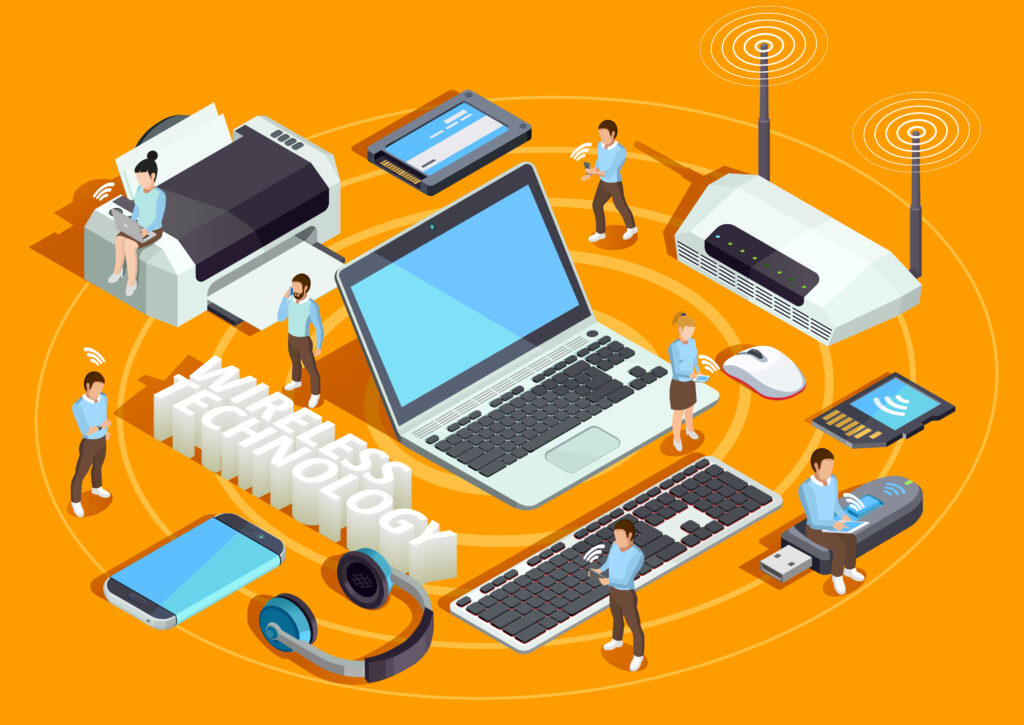


The essential IT equipment that everyone should have can vary based on individual needs and roles within the IT industry. However, here is a list of commonly used and versatile IT equipment that many professionals find beneficial:
Computer:
A reliable desktop or laptop computer with sufficient processing power, memory, and storage.
Monitor(s):
High-resolution monitors provide more screen real estate, enhancing productivity.
Keyboard and Mouse:
Quality ergonomic keyboard and mouse to reduce the risk of repetitive strain injuries.
Headphones:
Comfortable and noise-canceling headphones for focused work and virtual meetings.
Webcam:
An external webcam with good resolution for video conferencing.
Microphone:
A high-quality microphone for clear communication in virtual meetings or for recording purposes.


Other Devices
Printer:
A reliable printer for producing hard copies of documents when needed.
External Storage:
Portable external hard drives or SSDs for additional data storage and backup.
Power Strip and Surge Protector:
To protect equipment from power surges and provide ample power outlets.
Cables and Adapters:
Various cables (USB, HDMI, Ethernet) and adapters to connect devices and peripherals.
UPS (Uninterruptible Power Supply):
Protects against power outages, giving you time to save your work and shut down properly.
Desk and Chair:
A comfortable and ergonomic desk and chair for a conducive work environment.
Whiteboard or Notepad:
For jotting down quick notes, brainstorming, or planning.
Tools Kit:
Basic tools like screwdrivers, pliers, and cable testers for hardware maintenance.
Software Licenses:
Ensure you have legal and up-to-date licenses for the software you use.
VPN (Virtual Private Network) Service:
Ensures secure and private internet connections, especially when working remotely.
Backup Solution:
Use a reliable backup solution to regularly back up important data.

Ergonomic Accessories:
Consider ergonomic accessories like a sit-stand desk, ergonomic chair, or wrist rests to enhance comfort.
Multi-Function Printer/Scanner/Copier:
Saves space and provides flexibility for various office tasks.
Mobile Devices:
Smartphone or tablet for communication, testing applications, and staying connected on the go.
Remember that the specific needs can vary based on your role, preferences, and the nature of your work. Always prioritize quality and choose equipment that aligns with your specific requirements.

